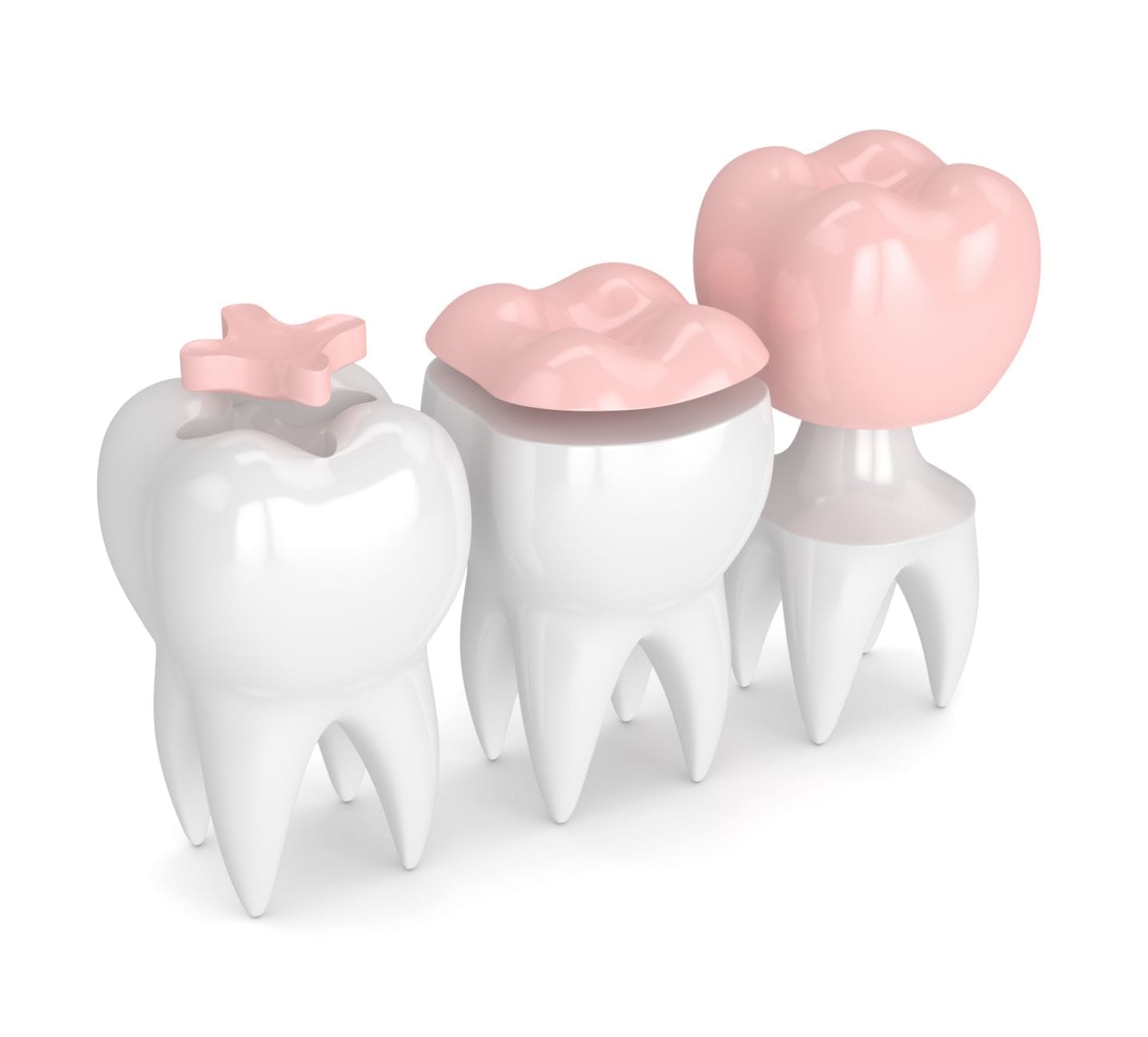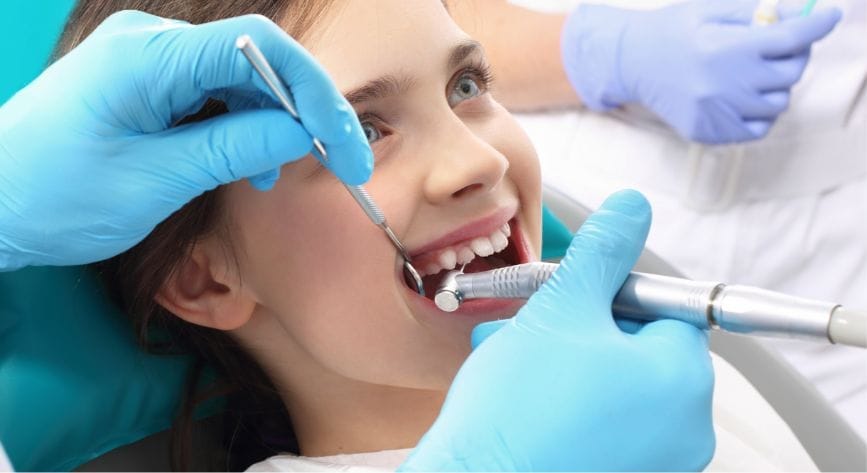Conservative Dentistry, also known as dental conservative , deals with lesions of enamel and dentin caused by cavities or traumatic fractures, with the aim of restoring normal tooth function.
It is carried out through direct reconstructions, called dental fillings, which take place in a single session, or indirect, the dental inlays, which take place in two sessions and are used when the portion to be reconstructed is too extensive and must be prepared in the laboratory to ensure greater resistance to the treated tooth.
Aesthetic fillings finally eliminate unsightly and toxic amalgam fillings, ensuring a good aesthetic result.
The replacement of old amalgam fillings is carried out in a protected manner, using a rubber dam that isolates the tooth from the oral cavity during removal.
Recent studies have shown that up to 450 mg of mercury can be present in each amalgam dental filling. The toxicity of mercury is not our subject, but each patient can personally inform themselves on the topic.
The oral material present in our clinic for aesthetic fillings is a composite, a highly biocompatible plastic material with a resin and glass-ionomer component, which will perfectly reproduce the natural color of the tooth.

Dental inlays are reconstructions of a part of the tooth and are performed by the laboratory. Dental inlays are predominantly used in molars and premolars where the size of the cavity caused by the carious lesion is often important. In small cavities, it is preferred to intervene with a simple aesthetic filling.
Our clinic uses ceramic, lithium disilicate, zirconia, or composite dental inlays, depending on our and the patient’s needs.
First, the cavity is prepared, removing old dental fillings if present, or decay. An impression of the prepared cavity is then taken, which will be sent to the laboratory. The cavity will then be temporarily closed with a temporary filling.
The second phase will include the cementation of the inlay with a special cement that will eliminate any intermediate space, reducing bacterial infiltration to a minimum and creating a physical/chemical bond between the tooth and inlay.
Inlays have excellent longevity over time (about three times that of traditional fillings), are biocompatible with tissues, and have a good aesthetic outcome. This type of rehabilitation takes place in just two sessions.
Taking care of children’s mouths also means providing the best conditions for future dental health as well as avoiding immediate pain and dysfunction.
Prevention is represented by the sealing of premolar grooves This is the application of a resin in healthy tooth fissures, which prevents plaque bacterial buildup in areas that are difficult to clean, reducing the danger of caries.
Child check-ups every six months or every year for the eruption and growth of teeth will prevent future problems.
